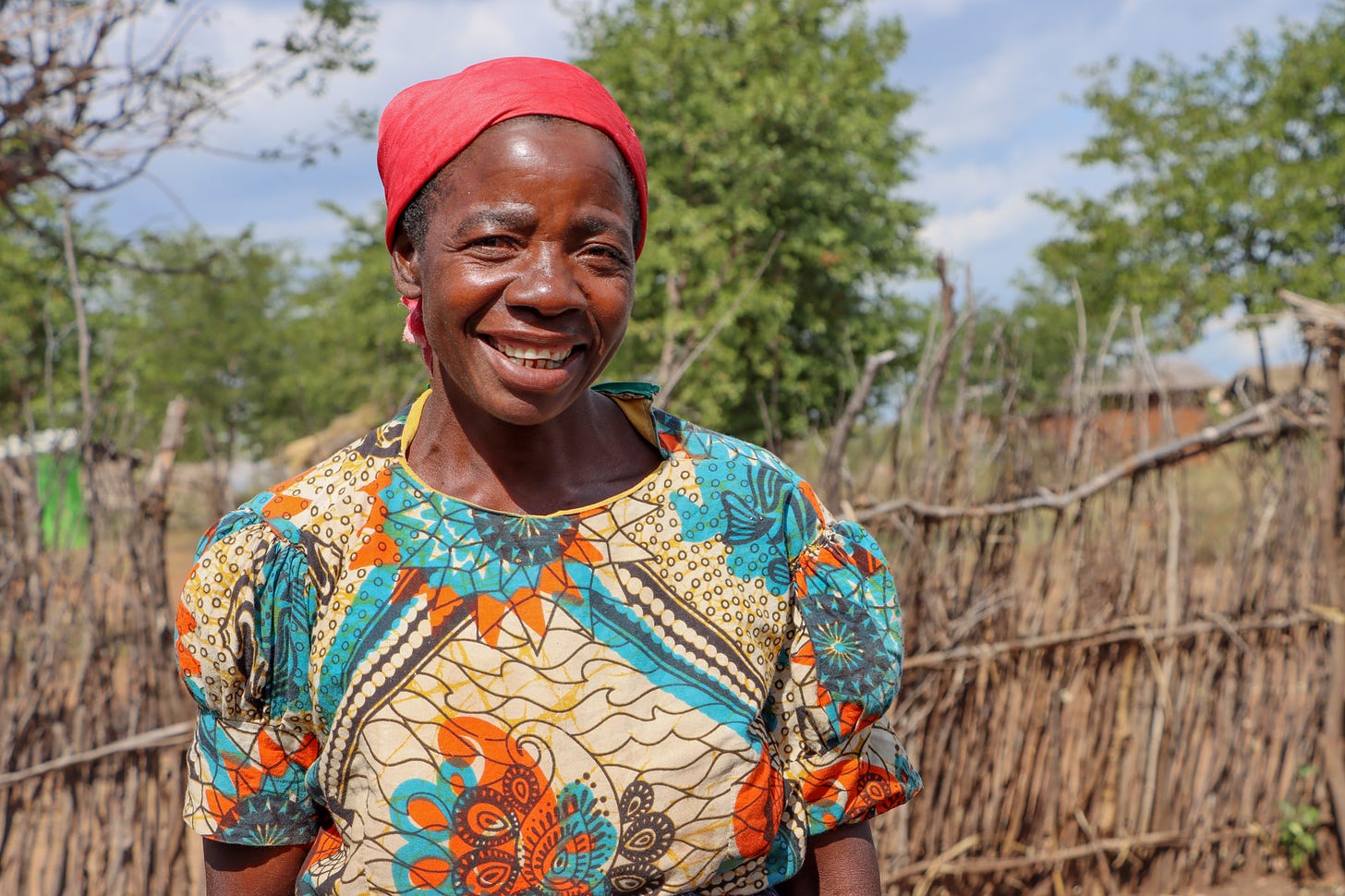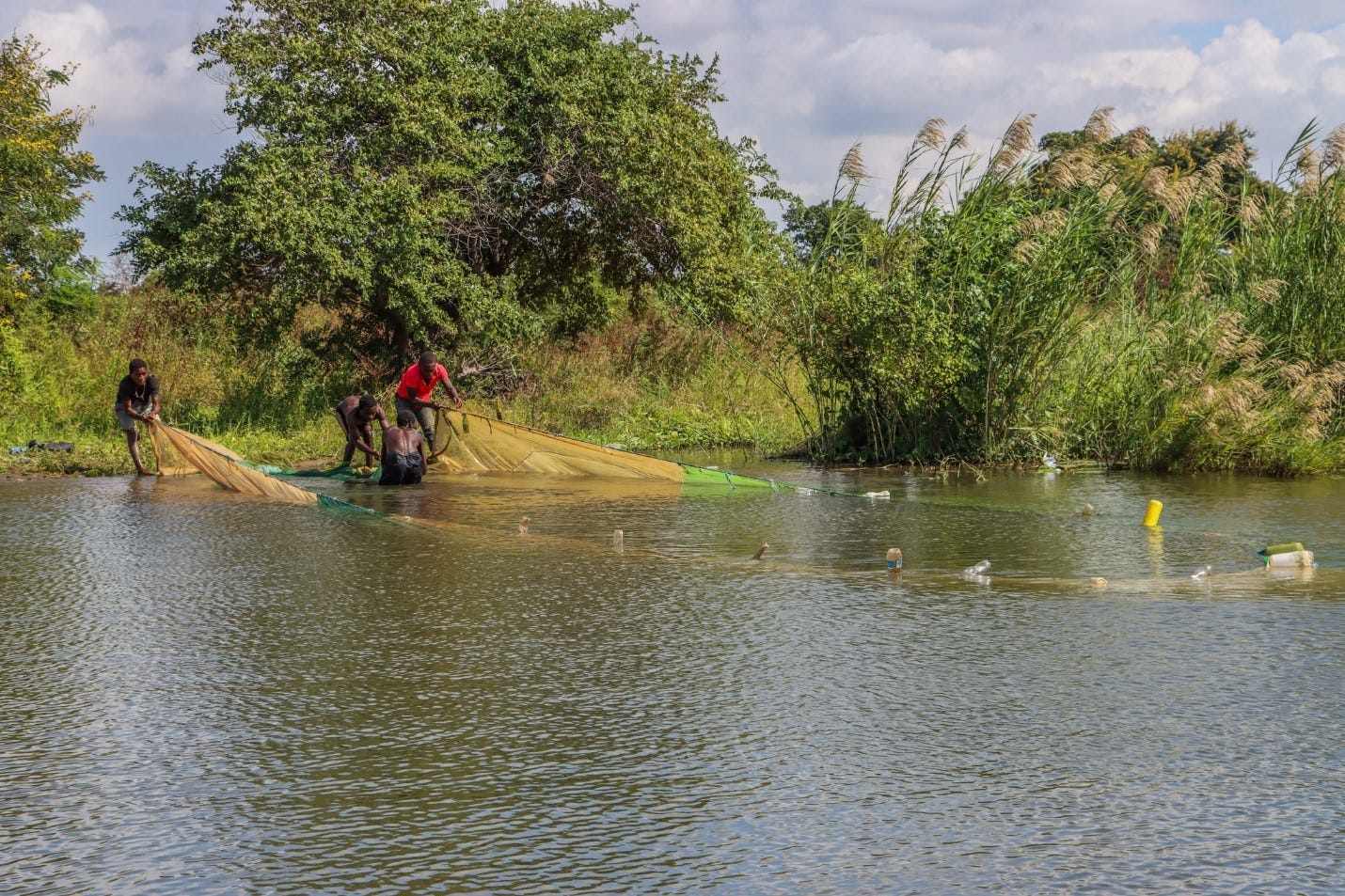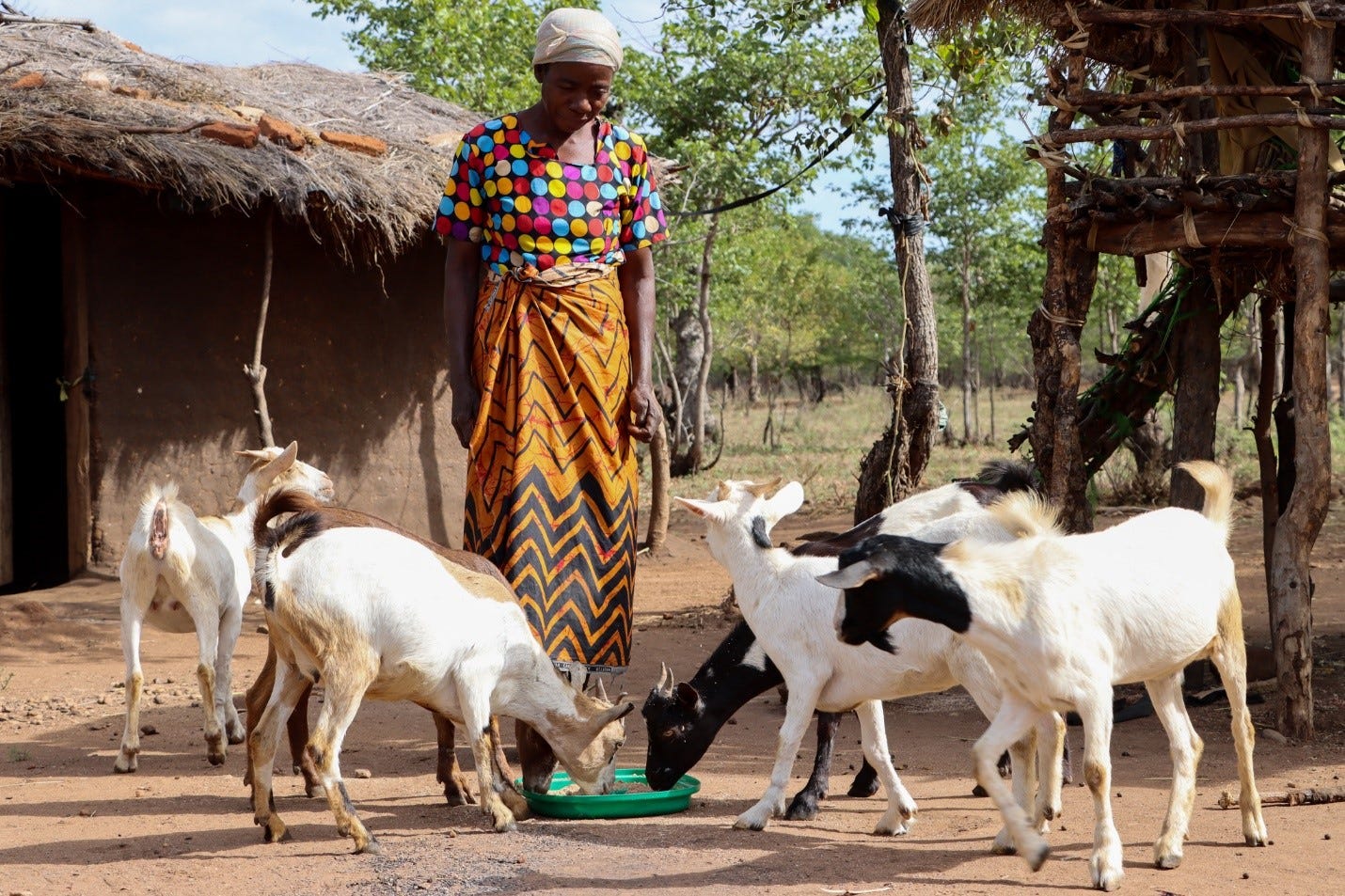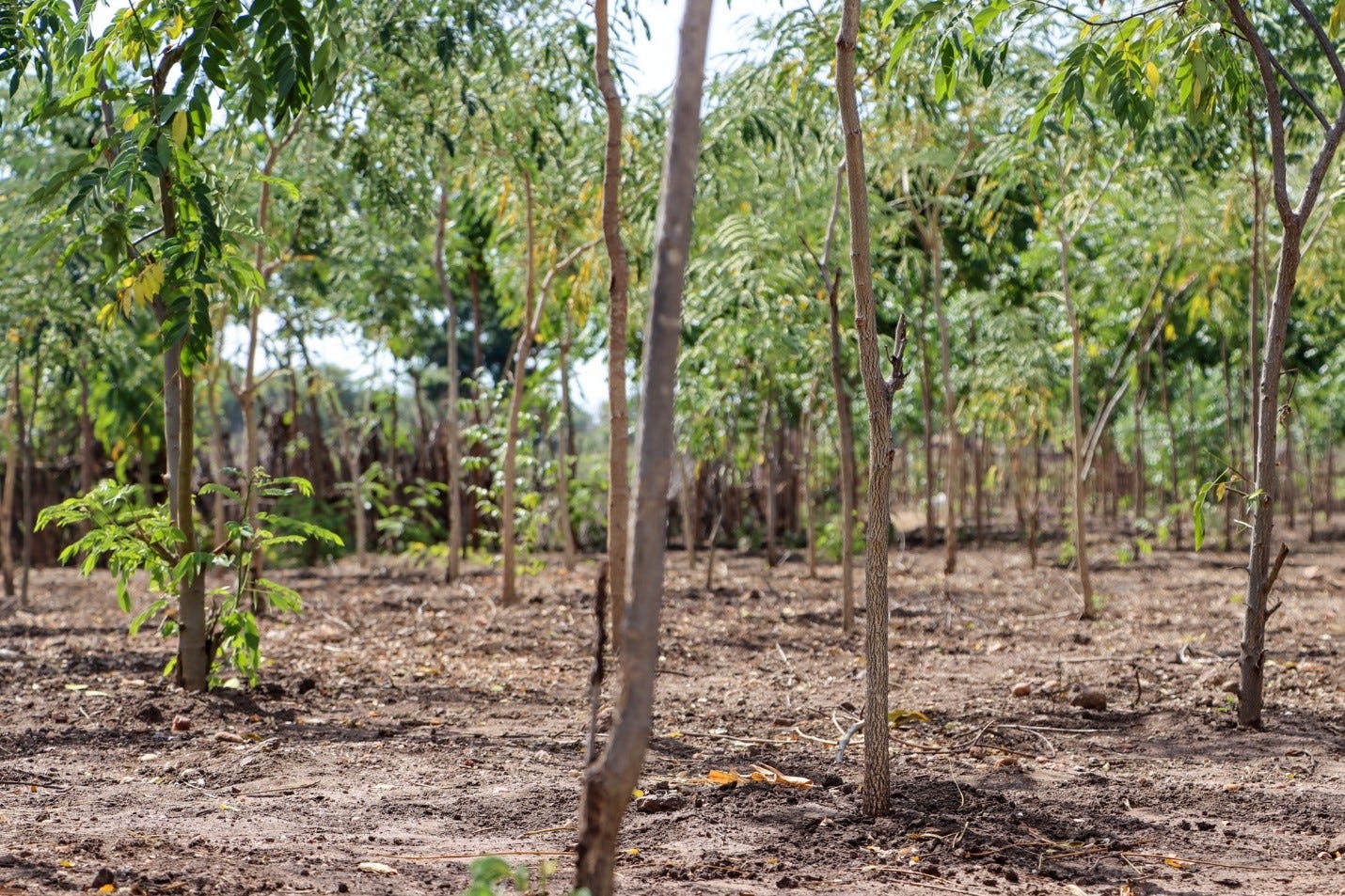Breakthroughs into intergenerational beliefs regarding relocation to safer places
Whatever your point of view, the people of Nsanje experience the most severe effects of climate change every year.
Malawi: They are located between two extreme climatic variations: drought and flooding.
Some have described them as resilient to climatic shocks, while others have described them as lazy and reliant on government and development partners for relief supplies.
Whatever your point of view, the people of Nsanje experience the most severe effects of climate change every year.
As a result, the district spends billions of dollars on disaster response and recovery programmes.
What long-term projects should Nsanje undertake to ensure that donors' and taxpayers' money is well spent?
Fatima Manyalo is a strong flood survivor from Nsanje's Kadyamba Village.
Manyalo recounts her life story of growing up in a flood-prone area and successfully relocating to a safer upper land to restart her life, as well as how traditional beliefs in ancestral land prevent some survivors from relocating to safer areas.
"The 2015 floods in Nsanje that destroyed lives and washed away villages at Mlolo marked a watershed moment in my life. I'd been through enough in the name of preserving our ancestral fertile land. I saw people drowning in flash floods and others being captured by crocodiles," Manyalo recalls, adding that she escaped death by floods and crocodiles by taking refuge in a massive fig tree with many other victims before fishermen rescued her.
Manyalo's home has now been transformed into a small lake with active fishing. Crocodiles spend the day sunbathing and sand bathing on the lake's shores.
However, due to witchcraft beliefs, some survivors believe Manyalo magically owns the crocodiles.
Manyalo tells the story of a child who died as a result of a crocodile attack on that lake, but the community blames her.
They are convinced that crocodile death is caused by magic rather than natural causes.
Hamza Manyalo, Manyalo's father, has vowed to stay in the damaged village, saying he cannot abandon his ancestral land for another village.
He did, however, admit that he had to accept his daughter's decision to relocate, leaving him behind.
Despite the ravaging perennial flooding incidents, Hamza claims the ancestral land is too fertile to dump.
He claims that he is too old to start over in a newly established village.
Hamza isn't the only one who is clinging to his ancestral home.
He, like a few other survivors from the old Kadyamba Village, struggles to get social services because the area lacks a hospital and a school for children.
People travel long distances, crossing swamps and rivers, to get to social services.
The survivors of the old Kadyamba Village get their drinking water from open shallow wells dug in sandy riverbeds.
Manyalo recalls how difficult her life was before moving to a new village.
"Life was difficult in the flood-prone village. We led a very simple life in order to preserve our ancestral land. To get to social services, we had to travel long distances through crocodile-infested swamps, only to return late at night. But I've realised that starting a new life in a new place is possible. Despite the challenges we face as we rebuild our new village, I find it more fulfilling," she said.
Manyalo claims to have been one of the first two people to relocate and stay under a butterfly tree, pleading with the traditional leaders to allow them to establish a new village in their area.
Chiefs allowed them to settle, and the area is now their new village, with the name of their old village, Kadyamba, retained.
The Evangelical Association of Malawi (EAM) implemented a DANIDA-funded Rebuild Project with the assistance of Norwegian Church Aid and DanChurchAid (NCA/DCA).
Rebuild is a climate-smart economic empowerment project that aims to re-establish the livelihoods of a community that relocated to higher ground from a flood-prone area.
The project provided goat management skills, soil and water conservation techniques, Village Savings and Loans, and agroforestry management skills to households.
Those who relocated were given 5 goats on a pass-along basis as part of the project to help them improve their income, and nutrition, and have manure for their new farmlands.
The new Kadyamba Village has successfully cared for the offshoots of the protected rare indigenous butterfly tree locally known as tsanya, which have grown into large trees enveloping the previously bare ground.
The woman-led afforestation committee planted a woodlot that has become the pride of the community.
Neem trees provide the area with a new green canopy, symbolising the possibility of a new beginning.
The committee continues to plant trees along a stream that runs through the village to keep rainwater from eroding the land.
Manyalo says the only memories she has of the old Kadyamba Village are the fruit trees that have been left behind.
This is why the Rebuild Project promoted horticulture as well as agroforestry.
Manyalo, the resilient, continues to water her newly planted fruit trees in order to realise her dream of having enough fruits around her new home for both consumption and income.
Despite a lack of access to other social services such as clean water and primary school education, which the Rebuild Project has not addressed, Kadyamba Village will live on as a signature project and symbol of a new beginning.








